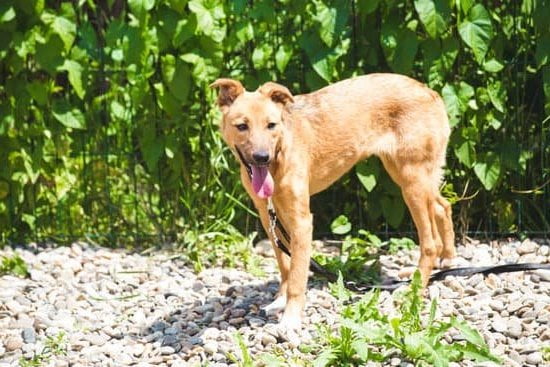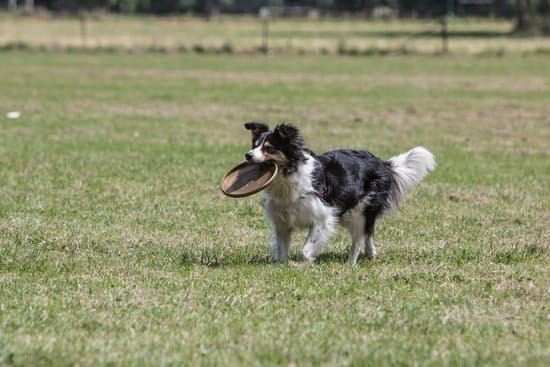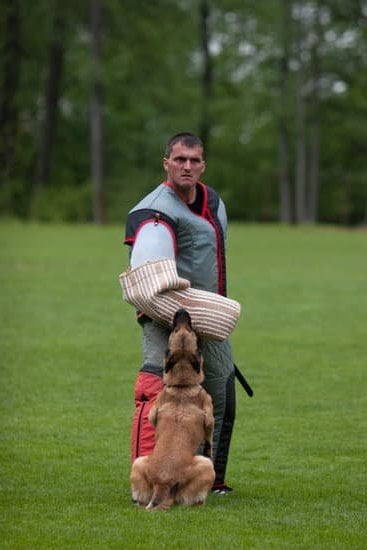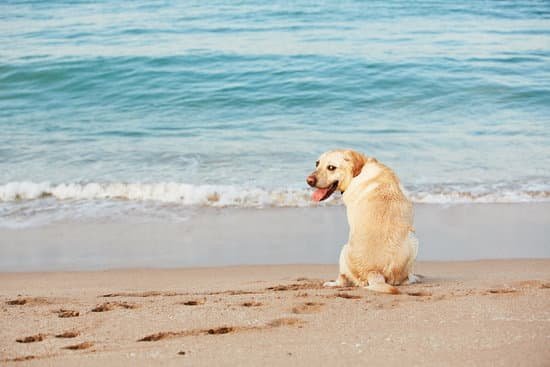House training a dog in an apartment can be a challenge. There are a few things you can do to make the process easier.
The first step is to create a routine for your dog. Feed them at the same time each day and take them outside to pee and poop immediately after they eat. Make sure you take them out on a regular schedule, even if they don’t seem to need to go.
If you can, try to keep your dog in a confined area when you’re not able to watch them. This could be a small room or even a kennel. This will help keep them from having accidents in the house.
If your dog does have an accident, make sure to clean it up immediately. Use a pet-safe cleaner and a paper towel to absorb the urine. Then place a fresh piece of paper towel on the spot to absorb any remaining urine.
It will take some time, but eventually your dog will learn to pee and poop outside. Just be patient and consistent with their training.
House Training Male Dogs
There are a few basic things you need to do in order to house train a male dog:
1. Establish a routine for taking your dog outside to relieve himself.
2. Make sure your dog has plenty of opportunity to relieve himself outdoors.
3. Reward your dog when he eliminates outdoors.
4. Correct your dog when he eliminates indoors.
5. Be patient and consistent with your training.
1. Establish a routine for taking your dog outside to relieve himself.
The best way to house train a male dog is to establish a routine and stick to it. Take your dog outside to relieve himself every hour, on the hour. If you can’t take your dog outside, put him in a designated “potty area” where he can relieve himself.
2. Make sure your dog has plenty of opportunity to relieve himself outdoors.
Make sure your dog has plenty of opportunity to relieve himself outdoors. If you can’t take your dog outside, put him in a designated “potty area” where he can relieve himself.
3. Reward your dog when he eliminates outdoors.
When your dog eliminates outdoors, be sure to praise him and give him a treat. This will help reinforce the behavior and make him more likely to eliminate outdoors in the future.
4. Correct your dog when he eliminates indoors.
If your dog eliminates indoors, be sure to correct him. You can use a verbal reprimand or a noise such as a clap or whistle to let him know that he has done something wrong.
5. Be patient and consistent with your training.
House training a male dog can be a bit of a challenge, but be patient and consistent with your training and you will be successful.
Best House Training For Dogs
There are a variety of methods people use when house training their dogs. Some people use crate training, some use paper training, and some use just basic reinforcement. The most important part of house training is consistency. You have to be consistent with your dog and with your commands.
One of the most popular methods of house training is crate training. Crate training is when you put your dog in a crate when you are not able to watch him. This will help to prevent your dog from having accidents in the house. The crate should be just big enough for your dog to stand up and turn around in. You should never put your dog in the crate for more than a few hours at a time.
Another popular method of house training is paper training. With this method, you put down paper in a designated spot in your house for your dog to go to the bathroom. When your dog goes to the bathroom on the paper, you should praise him and give him a treat. When your dog is not going to the bathroom on the paper, you should put him in his crate or put him outside.
The most important part of house training is consistency. You have to be consistent with your dog and with your commands. If you are not consistent, your dog will not know what you expect from him. You should also be patient while house training your dog. It may take a while for your dog to learn what you want him to do.
House Training Dogs
There are a variety of methods people use to house train their dogs. Some people use crate training, others use positive reinforcement, and still others use a combination of the two. Whichever method you choose, it is important to be consistent and to stay positive.
Crate training is a popular method because it is very effective and it helps to housetrain a dog quickly. The dog is confined to a small area and is not allowed to relieve himself in the house. When the dog does relieve himself in the crate, he is immediately corrected and taken outside to relieve himself. Crate training can be harsh, but it is very effective.
Positive reinforcement is another popular method of housetraining dogs. With this method, the dog is rewarded when he eliminates outdoors. This may include treats, praise, or a game of fetch. Positive reinforcement is a gentle and effective method of housetraining dogs.
A combination of the two methods is often the best approach. Crate training can be used to housetrain the dog quickly, and positive reinforcement can be used to reinforce good behavior.
Average Time To House Train A Dog
The average time to house train a dog is about four to six weeks, but it can vary depending on the dog’s age, temperament and prior training. The most important thing to remember when house training a dog is to be patient and consistent.
There are a few basic steps you can take to house train your dog:
1. Establish a routine for your dog and stick to it.
2. Take your dog outside to pee and poop immediately after waking up, eating, drinking and playing.
3. Reward your dog when he or she pees or poops outside.
4. Clean up any messes your dog makes immediately.
It’s also important to be aware of your dog’s body language when house training. If your dog is squatting or sniffing around, he or she is likely ready to pee or poop. If you see your dog doing this, take him or her outside right away.
House training a dog can be a bit of a challenge, but with patience and persistence, you can successfully house train your dog.

Welcome to the blog! I am a professional dog trainer and have been working with dogs for many years. In this blog, I will be discussing various topics related to dog training, including tips, tricks, and advice. I hope you find this information helpful and informative. Thanks for reading!





